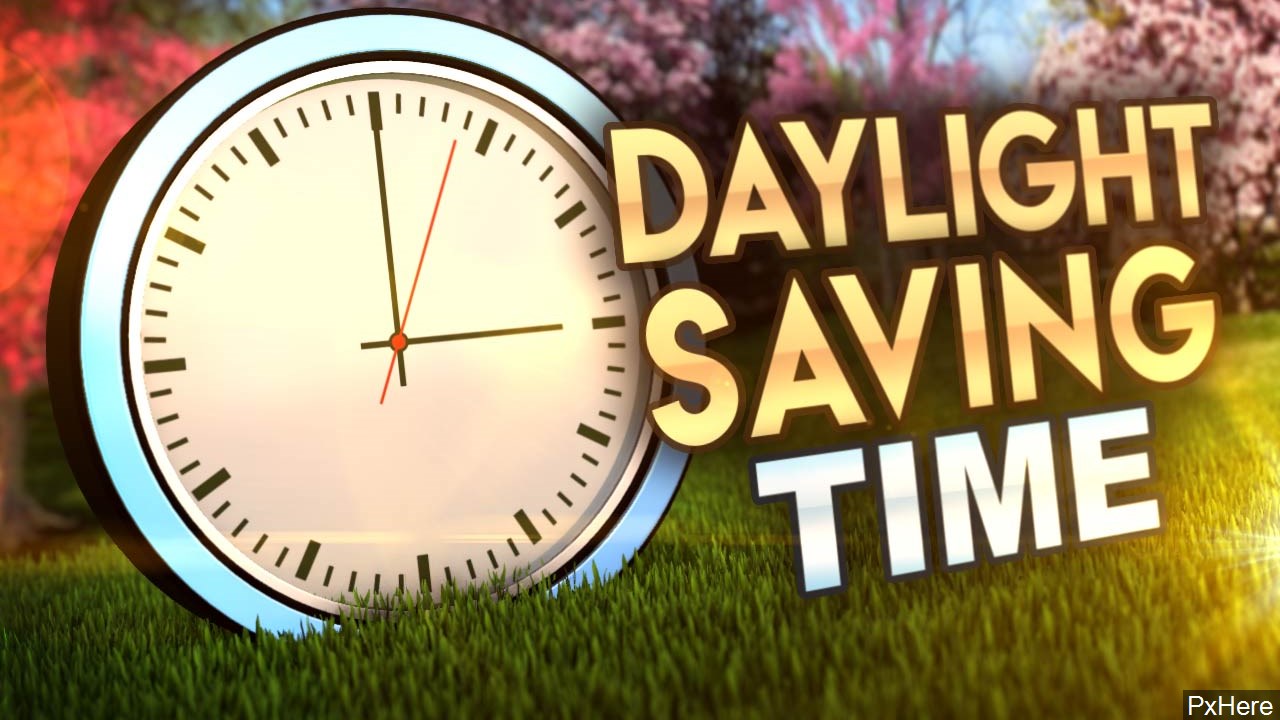The Bright Side of Daylight Savings Time: Maximizing Daylight, Minimizing Woes

INTRODUCTION:
Discover the benefits of daylight savings time and learn how to make the most of this seasonal adjustment. Find tips, insights, and FAQs on optimizing your routines and embracing the extended daylight hours.
1. Embracing Change: Understanding
As daylight savings time approaches, it’s crucial to comprehend the rationale behind this time adjustment. (DST) is a practice wherein clocks are set forward by one hour during the warmer months to extend daylight in the evenings, typically starting in spring and ending in autumn.
Adjusting your schedule to accommodate this shift can lead to a range of benefits, including increased productivity, enhanced mood, and more time for outdoor activities.
2. Spring Forward, Spring to Action: Benefits of Daylight Savings Time
As we “spring forward” into , it’s essential to recognize the numerous advantages it brings. By maximizing daylight hours, individuals can experience heightened energy levels, improved mental well-being, and increased opportunities for physical activity.

Additionally, businesses may witness boosted sales as consumers engage in more leisure and recreational activities during extended daylight hours.
3. Seize the Day: Optimizing Your Routine During Daylight Savings Time
Making the most of involves optimizing your daily routine to align with the extended daylight hours. Start by adjusting your sleep schedule gradually in the days leading up to the time change to mitigate any disruptions to your body’s internal clock.
Furthermore, take advantage of the additional daylight by incorporating outdoor activities into your daily regimen, such as jogging, gardening, or simply enjoying a leisurely stroll in the park.
4. Overcoming Challenges: Navigating the Effects of Daylight Savings Time
While offers numerous benefits, it can also present challenges, particularly in the initial adjustment period. Some individuals may experience temporary disruptions in their sleep patterns or feelings of fatigue as their bodies adapt to the time change.
To counteract these effects, prioritize self-care practices such as maintaining a consistent sleep schedule, limiting caffeine intake, and exposing yourself to natural sunlight during the day to regulate your circadian rhythm.
5. Making Every Hour Count: Productivity Hacks for Daylight Savings Time
With the gift of extended daylight hours comes the opportunity to maximize productivity and accomplish more in your day. Implement time management techniques such as setting specific goals, prioritizing tasks, and minimizing distractions to make the most of every hour.
Moreover, consider leveraging technology tools such as productivity apps or scheduling software to streamline your workflow and optimize efficiency during
6. Frequently Asked Questions (FAQs)
What is the purpose of daylight savings time?
Daylight savings time aims to make better use of daylight during the warmer months by adjusting clocks forward by one hour.
How does daylight savings time affect sleep patterns?
The time change associated with daylight savings time can temporarily disrupt sleep patterns as individuals adjust to the new schedule.
Do all regions observe ?
No, not all regions observe . Some areas, such as Hawaii and parts of Arizona, do not participate in this practice.

Can impact health?
While the effects vary from person to person, daylight savings time can influence overall health by affecting sleep patterns and circadian rhythms.
Are there any safety concerns associated with daylight savings time?
Daylight savings time may affect road safety due to changes in visibility during morning commutes or evening activities. However, increased daylight can also enhance visibility for outdoor activities.
Certainly! Continuing from where we left off:
7. Seizing the Sun: Daylight Savings Time and Vitamin D
Daylight savings time not only extends daylight hours but also provides an opportunity to boost your vitamin D intake. Exposure to sunlight stimulates the production of vitamin D in the body, which plays a crucial role in bone health, immune function, and mood regulation.
During daylight savings time, take advantage of the extended daylight hours by spending time outdoors, whether it’s enjoying a picnic in the park, taking a hike, or simply basking in the sun on your patio. Remember to practice sun safety by wearing sunscreen and protective clothing to prevent sunburn and reduce the risk of skin cancer.
8 Around the World
While daylight savings time is observed in many countries, the start and end dates may vary. In the United States, daylight savings time typically begins on the second Sunday in March and ends on the first Sunday in November. However, other countries may have different schedules or choose not to observe at all.
For example, European countries typically start on the last Sunday in March and end it on the last Sunday in October. In contrast, countries near the equator may not observe due to minimal variation in daylight hours throughout the year.
How can I prepare for ?
To prepare for , gradually adjust your sleep schedule leading up to the time change and incorporate self-care practices to mitigate any disruptions.
Conclusion
offers a wealth of opportunities to embrace the extended daylight hours and reap the benefits of a more vibrant, active lifestyle. By understanding the significance of this seasonal adjustment and implementing strategies to optimize your routine, you can make the most of every moment and enjoy a brighter, more fulfilling day.




